|
Picture sheets for stories about
characters
(plural/singular, 1st/3rd person in Present
Simple for 'to be', 'to have' and basic weak verbs)
This exercise is for students who are
just beginning to study English.
Primary purpose: These character-stories are not actually for speech
skill development (it’s a secondary goal here) but to break the very
solid pattern ‘SUBJECT + TO BE form’, which many students tend to be
very attached to after a month or two of language learning. They
often say things like ‘He is lives in London’ or ‘I am know this
song’. It is very good for them to practice producing sentences with
easy verbs besides ‘to be’ (‘have got’, ‘like, ‘hate’, ‘live’) as
well as using them in turns with ‘to be’ sentences.
Secondary purposes: active speech practice, 1st and 3rd persons of
verbs, nouns in singular and plural.
The task is not to produce the whole
variety of possible sentences, but to practice easy sentences with
various verbs making easy stories – within the abilities of each
student or with little hints from the teacher. The practice is
effective due to repeating the same speech patterns about different
characters.
Don’t think there will be any effect if a student comments just one
or two characters! To achieve a progress one needs to process five
or seven characters – not just telling about them, but also
discussing them, doing translations, short written reports, reports
about yourself, etc.
Another mistake is to overwork
a character nearly learning the story by heart. It’s not required,
the speech must remain flexible.
Possible exercises:
1) Character stories: brainstorming, in groups or in
pairs, orally or in writing (tell what you can: a) about the
character, b) about his or her family and friends, c) place of
living, [d ) occupations – this may be too difficult for younger
students], e) likes and dislikes.
2) Imagine you are a character and tell (/write) the story (/5/7/10
12 sentences) on behalf of the character.
3) Tell/write a story (/5/7/10 12 sentences) about yourself.
4) Translate some sentences from the mother tongue (prepared by the
teacher or, in pairs, made up by the neighbour). Also parallel
translations could be done (‘Homer likes sandwiches – We like
sandwiches – I like sandwiches…’ or ‘a small town – small towns…’)
5) Compare a character or yourself to another character (say or
write what you have in common or the differences: ‘Homer hates to
work, but I like to work…’)
6) The teacher or a neighbour in the group says a sentence – you
point at the picture (can be restricted to one or many pictures at a
time).
7) Guessing who the character is (After saying 3/4/5 true/false
sentences about him or her).
8) Look at the poster, tell about the character’s friend or relative
(it’s good to change the number: e.g. after Cinderella tell about
her sisters).
9) Make a poster about yourself/any character from a book or movie,
comment in pairs/write a story.
10) anything else you like.
* * *
|
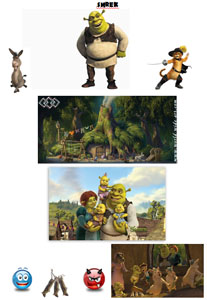
SHREK
 Shrek_character.doc
Shrek_character.doc
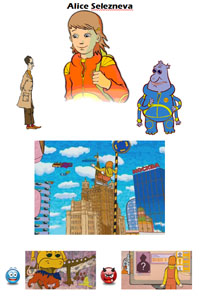
ALICE SELEZNEVA
 Alice_charact.doc
Alice_charact.doc
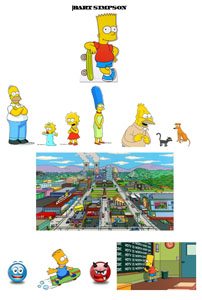
BART SIMPSON
 Bart_character.doc
Bart_character.doc

HOMER SIMPSON
 Homer_character.doc
Homer_character.doc
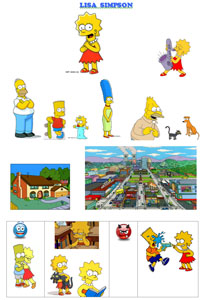
LISA SIMPSON
 LizaSimpson_character.doc
LizaSimpson_character.doc
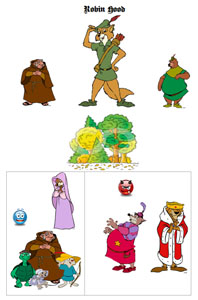
ROBIN HOOD
 RobinHood_character.doc
RobinHood_character.doc
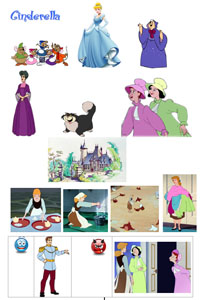
CINDERELLA
 Cinderella_character.doc
Cinderella_character.doc
|






